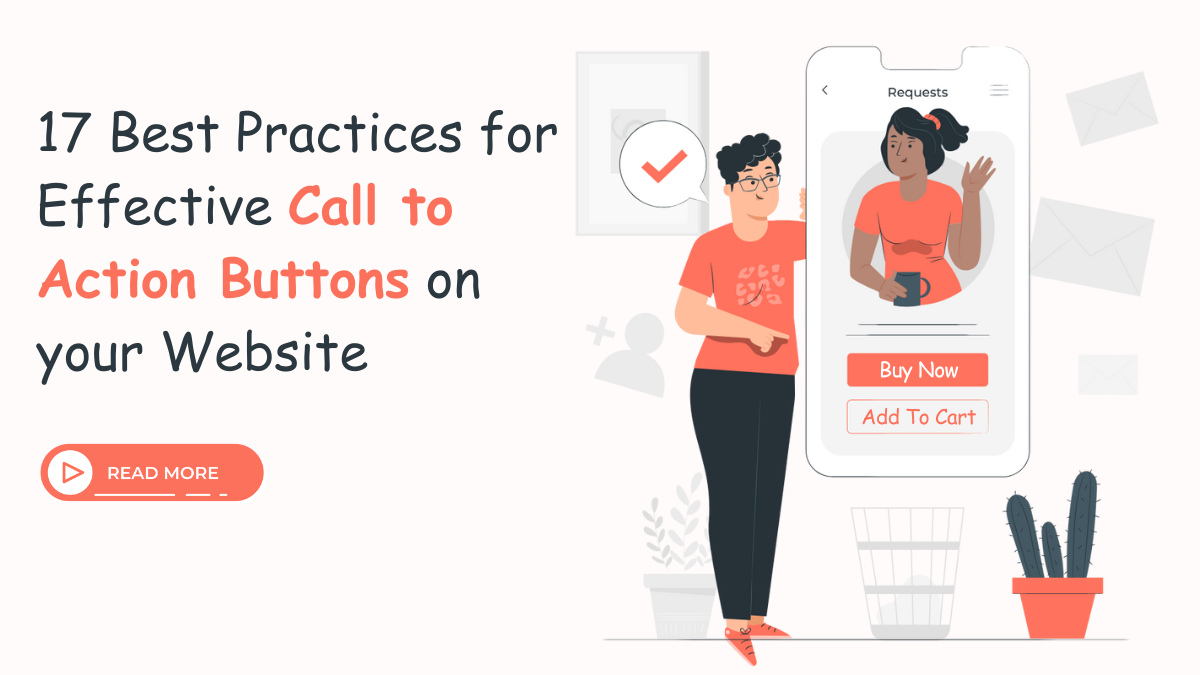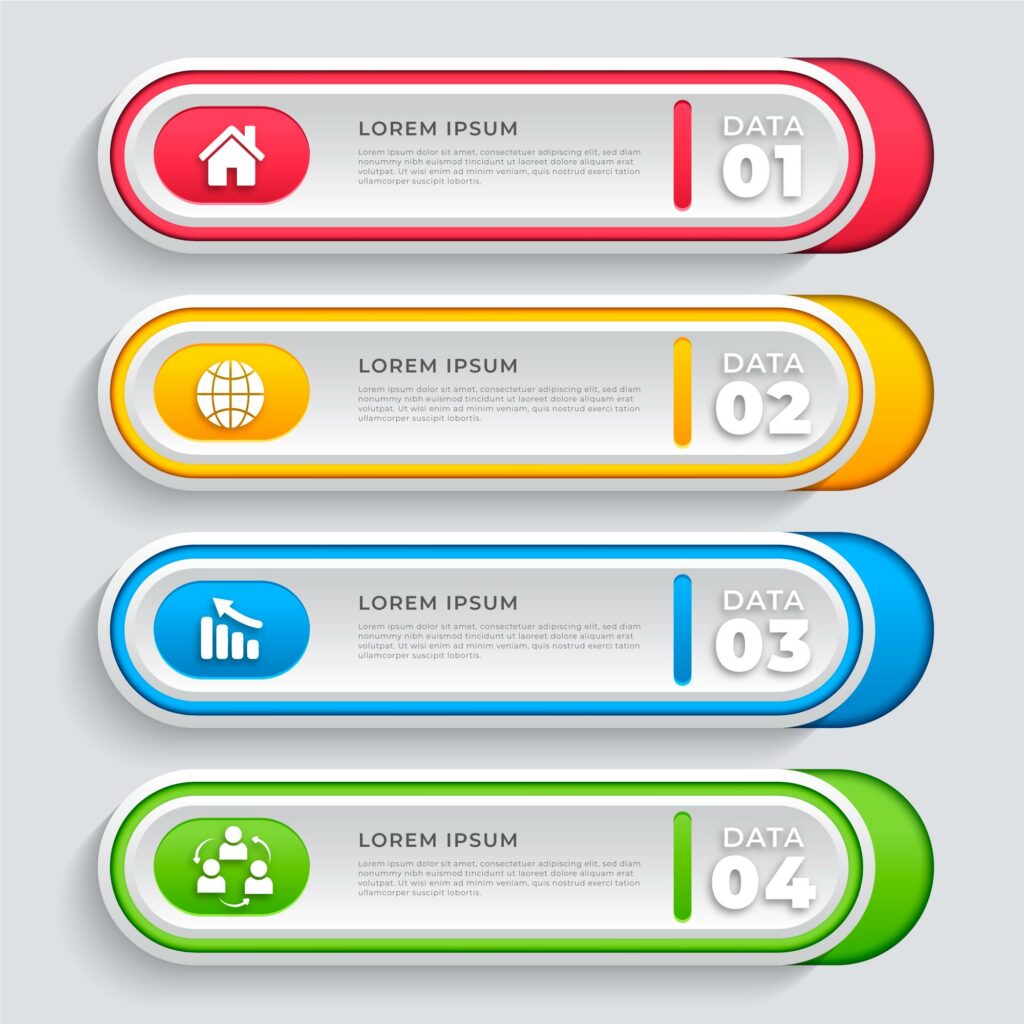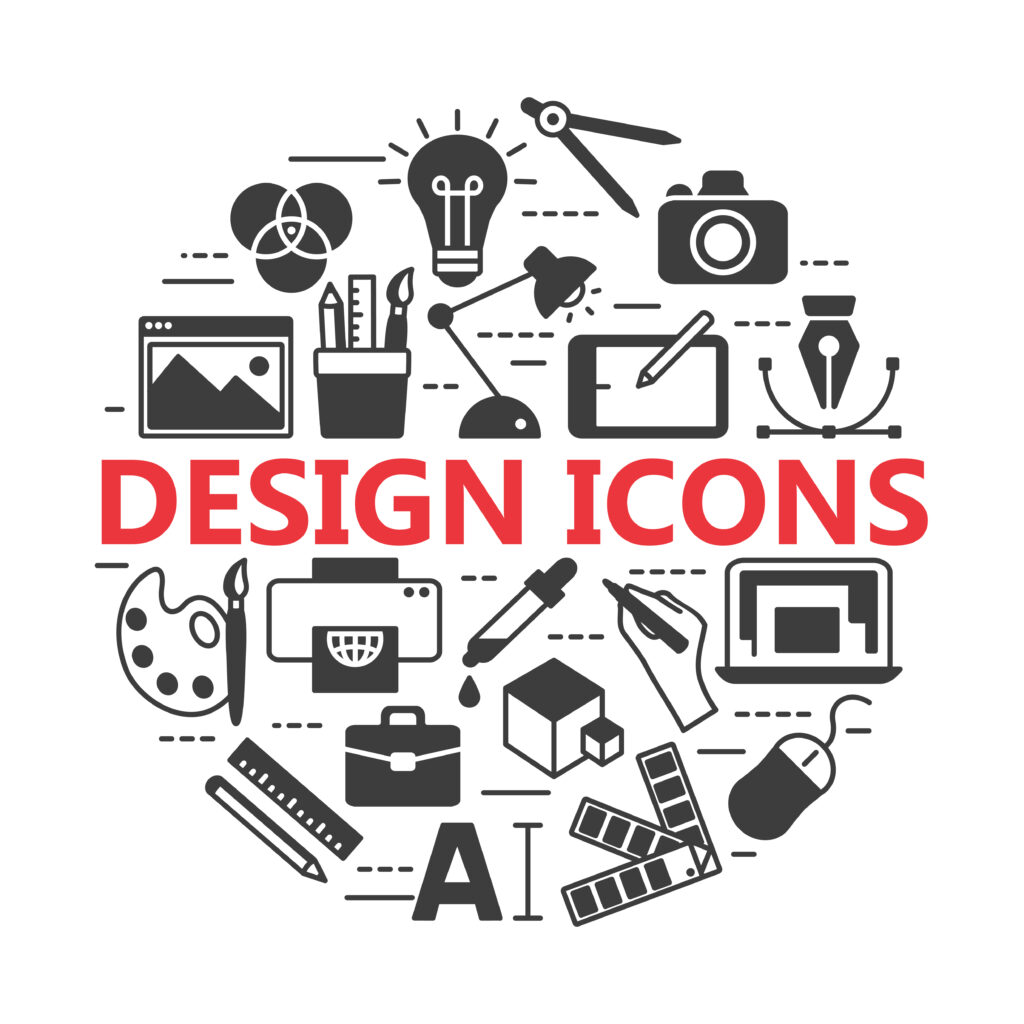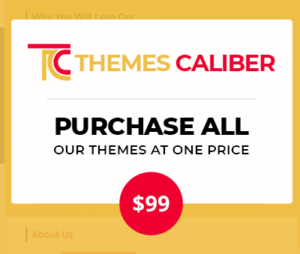
Introduction:
The buttons you utilize on your online presence and landing pages to direct users toward a successful achievement of your objective are known as call-to-action buttons. This is the area on the landing page where the user has to click for them to complete the action you desire. Depending on the website’s layout and goal transformation, CTA buttons might have various dimensions and styles. Common instances of call-to-action buttons include:
- Buttons to add goods to your cart
- Download buttons
- Sign-up icons for a free trial
The goal of CTA buttons is to entice users to click and complete a conversion on your web page. We’ll be talking about 17 call-to-action button guidelines today to help you maximize the revenue and CTR of your stunning button.
The Best Ways to Get Clicks on Call-to-Action Buttons:
1. Large and legitimate text:
The font size of your icon text should be sufficiently large to read without being bothersome or terrifying. Avoid a scenario that will end up like “Honey, I Blew Up the Kid.”
While it may sound absurd to suggest that enormous text causes individuals to feel uneasy or frightened, many users actually have an unconscious dislike for disturbingly large fonts. The text on your button should be large enough to grab the attention of readers without dominating the remainder of the content. Though it’s becoming near the red zone, these call-to-action buttons might be fine.
2. Duke of the Colors, The Colors:
Things Only Nineties Kids Will Get. It matters what color your button is. It is really important. Actually, if you only remember one thing from this article, it ought to be to think closely about the colors of your buttons.
It’s frequently said that orange and green buttons work the best. In the end, though, it will come down to how your online presence is designed; bold buttons that really stand out are best made with contrasting colors. A green background with a green call-to-action buttons would be unattractive.
In spite of being fighting hues, purple and green are attractive dinosaurs. If you’re unsure about what appears best, use the extremely complicated squint test to figure out what looks more appealing. But the only way to know for sure what color call-to-action buttons would look best on the website is to test it!
3. Using Value Proposition Button Copy:
You’ve probably observed that the term “free” appears on a lot of buttons, such as “Get My Free Ebook.” Using the enticing term “free” in button content underlines the value proposition of your service. Think about the value proposition of what you have to offer and the best way to present it in your call-to-action buttons.
4. Stylish Button Layouts:
Creating a perfect call-to-action buttons might also involve careful consideration of button shape. You will need to decide between a button with square edges and one with an additional rounded form. It’s difficult to determine which style performs better in this situation because both are popular and effective in various contexts. You’ll ultimately need to try out several shapes to find which ones accomplish the most for your business! A green icon with a rounded shape fared better in ContentVerve’s test than the blue rectangle.
5. Use first-person narration:
According to a study presented by Michael Aagard of Content Verve, clicking on buttons changed from the perspective of the second person (“Buy All Our Premium theme in only $99“) to the first person (“get my free template”), leading to a ninety percent rise in visits! Check out the effect on your CTRs by changing your call-to-action buttons to first person, allowing you to place yourself in the position of your consumer.
6. Use action-packed text:

Although the Museum for Kids of Pittsburgh has a beautiful website, the writing on their buttons might use some improvement. Instead of the dull “Go,” what about “Book an Event”? The text on the call to action icons should be strong and concentrate on taking action. Use more action-packed terms like “get,” “reserve,” and “try” in place of dull ones like “submit” and “enter.” Your call for action should correspond with the remainder of the precise text about your offer:
- Try It Free With Our Trial
- Make a Seat Booking
Download the whitepaper.
The text of the “Take This Course” button on Udemy offers an excellent offer-related action.
7. Sense of Urgency to be Created:
Creating a feeling of urgency in the calls-to-action button can result in remarkably high click-through performance. For example, you can use button text like this:
- Get 50% off when you sign up today only!
- For $30, you may purchase the Build Apps E-Course!
Users perceive a subtle sense of tension even by adding “now”:
- Quickly sign up for the Ultimate PPC Webinar!
The following example effectively conveys a sense of urgency. The brightly colored X marks are meant to provide information points, but they give the appearance that the events are full or have been canceled, which is the only thing troubling me about them. That is a very risky misunderstanding.
8 . Maintain it above the fold:
To ensure consumers never miss it, you ought to constantly keep your call-to-action button over the fold. As mentioned in an earlier article concerning the most beneficial practices for landing pages, the most crucial content needs to always appear above the fold. The extra information should remain beyond the fold, where it is still accessible but not overwhelming.
9. Widen That White Space:

There should always be an appropriate amount of white space around your CTA buttons. White space makes the button stand out and draws the user’s interest in it.
10. Natural Hierarchy:
On your internet presence, you might at times have icons other than your primary call-to-action conversion buttons. The primary CTA button should draw more attention compared to the additional buttons. Consider employing monochromatic and grayscale icons for your non-call-to-action buttons. The largest and clearest call-to-action button on your website should always be it. Starbucks effectively clarifies their main call-to-action button while adhering to their color palette.
11. Get fancy with icon graphics:

Small arrows and graphics on your call-to-action buttons can sometimes boost click-through rates. When you’re going to employ images, make sure your icons help clients understand the offer rather than making it confusing. For example, when a user qualifies for a webinar, you shouldn’t show them a disk download icon.
12. Bonus Button Text:
In some call-to-action marketing scenarios, you might want to think about including a further piece of text in your button wording.
Free trial buttons are frequently used in this manner. For instance, a free trial icon might have smaller text below the main “Start Your Free Trial” button that reads, “30 day trial, no previous credit card.” Users will be tempted to click over to start their trial with this useful information. Not every button requires this, but when it does, the extra data can significantly increase CTRs. Alternatively, you can insert those additional details under or beside a button. These elements are referred to by Copyblogger as clicking triggers.” A few instances of click triggers are:
- Data Points (e.g., utilizing X leads users to notice a forty percent rise in shares)
- Information That Reduces Anxiety (e.g., No Credit Card Needed)
- Key Benefits
- Testimonies
13. Test buttons because they were something vital:
It is imperative to do testing using call-to-action buttons! The calls-to-action buttons are an excellent place to start when you haven’t performed much A/B testing previously (tsk tsk), as even modestly simple adjustments can have a big impact. Test the subject matter—color, style, placement—you ought to test anything you can think of!
14. Cart Calls to Action:

The most attention should be devoted to A/B testing cart/purchase buttons on e-commerce websites. Modest changes made to cart buttons can have an important effect on conversion rates. Make sure you include buttons for other payment methods, like, for instance, PayPal.
The mere existence of a PayPal button may be an effective incentive. I can’t tell you how many times I’ve ordered takeout and been too sluggish to pull out my credit card, relying rather on PayPal to get me over.
15. Comply with the user’s natural flow:
In Western society, we write from left to right and from top to bottom. It can be useful to think about this normal reading pattern when choosing where to place smart buttons. Putting call-to-action buttons near the bottom or at the top of the content is usually more effective than placing them anywhere else.
Above all, do not have users go back to click a button; instead, place CTA buttons where they make sense and aren’t interfering with the user’s experience. It wouldn’t make sense for someone to sign up for a service or offer they don’t know about; therefore, you should, for instance, place a “sign up now” button where they would see it after learning about the service and product.
16. If it comes to choices, less is more:
When faced with a variety of fruits and vegetables, such as citrus fruits, apples, dragon fruit, grapes, which are pomegranates, bananas, clementines, and mangos, your mind may burst with indecision. Humans have been shown to suffer from the decision paradox.
In a Columbia University study led by Mark Lepper, subjects who had to select one chocolate out of a box of six were more satisfied with their choice than those who had to choose one out of a box of thirty. Give your clients fewer buttons to select from to keep them satisfied!
Give a particular choice more weight than the others when you really wish to have several button choices in order to direct others down a specific path. Users simply wanted to be instructed; it doesn’t really matter which path they choose!
17. Button Text Shouldn’t Go On and On and On:
We have previously spoken about the advantages of using aimed-at, action-oriented button wording. Given that, you may be tempted to extend your button wording, but to do so would be an error. That button text should ideally only contain two to five words. Though it’s getting closer to the red zone, this call-to-action buttons may be fine.
Conclusion
On websites, call-to-action buttons are necessary to guide visitors toward completing particular actions. According to the design and purpose of the website, they might have different sizes and shapes. Use thrilling content, contrasting colors, fashionable button designs, and large, genuine text to optimize revenue and CTR. Instead of using boring terms, choose ones that are thrilling, like “get,” “reserve,” and “try.” To determine which shape is appropriate for your business, experiment using various color schemes and sizes. Large typefaces ought to be prominent enough to catch attention without taking over the text. You can make your website more engaging by using Premium Responsive WordPress themes by Themes Caliber.
For websites that sell goods, A/B testing cart/purchase buttons is essential to increasing conversion rates. Add icons for PayPal if you want to accept other payment options. Restrict choices to ensure user satisfaction. CTA buttons should be placed close to the top or bottom of the content to reduce clickthroughs. Use the right degree of white space to attract attention to buttons. Examine the value of each button, paying particular attention to the subject matter, color, design, and placement. Small adjustments can have a big impact on conversion rates.

